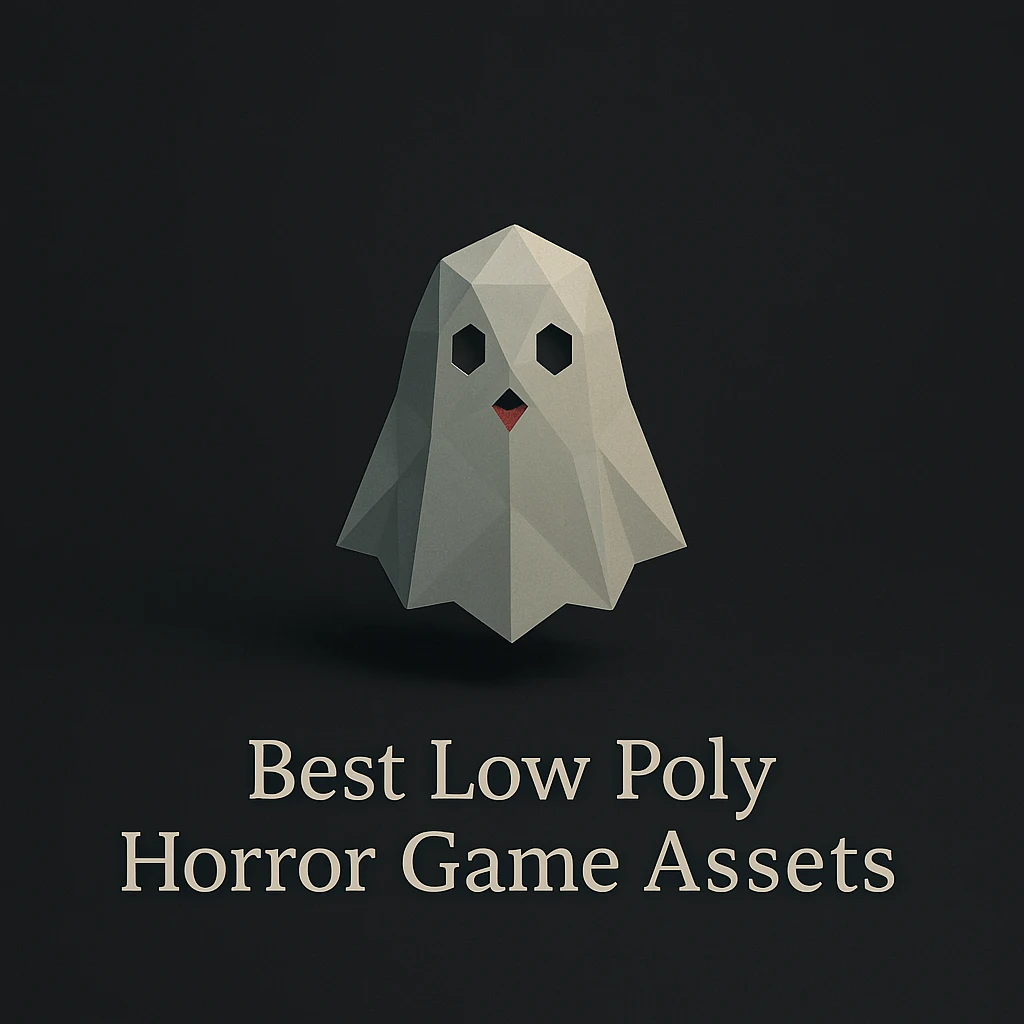Welcome to the exciting world of 3D model design, where creativity knows no bounds! In recent times, the field has witnessed some incredible trends that are reshaping the way we perceive and interact with 3D models. Let’s delve into the latest trends in 3D model design, understanding what’s hot and how these trends are transforming digital landscapes.
Immersive Virtual Reality (VR) Experiences:
One of the standout trends is the surge in immersive VR experiences through 3D models. Designers are crafting virtual environments that users can explore with VR headsets, providing a deeper and more interactive engagement. For instance, imagine touring a dream house before it’s even built or strolling through a digital art gallery – all made possible through the magic of 3D modeling.
Augmented Reality (AR) Integration:
AR is not just for gaming anymore. 3D models are finding their way into our real-world surroundings through AR applications. From trying out furniture in your living room to visualizing how a new car would look in your driveway, AR is making 3D models a part of our daily lives. Brands like IKEA, with their IKEA Place app, allow users to virtually place furniture in their homes before making a purchase.
Generative Design:
Generative design is pushing the boundaries of what’s possible. This involves using algorithms to create complex and optimized designs based on specified parameters. Architects and engineers, for instance, can input criteria like material strength and weight limits, and the generative design algorithm will create innovative and efficient solutions. Autodesk’s generative design tools are a prime example of this cutting-edge trend.
Hyper-Realistic Textures and Materials:
The latest trend in 3D model designing involves a meticulous focus on hyper-realistic textures and materials. Designers are using advanced rendering techniques to create 3D models that mimic real-world materials with incredible accuracy. This is particularly evident in product design, where manufacturers can showcase prototypes with materials that look and behave like the final product.
Parametric Design for Customization:
Parametric design is gaining traction, allowing for unprecedented levels of customization in 3D models. From customizable furniture to personalized accessories, designers are incorporating parameters that users can tweak to create unique variations of a model. This trend empowers users to actively participate in the design process, making products more tailored to individual preferences.
Digital Twins for Real-World Simulations:
The concept of digital twins involves creating a virtual replica of physical objects, processes, or systems. This trend is becoming increasingly popular in industries like manufacturing and healthcare. For instance, creating a digital twin of a machine allows engineers to simulate its performance and identify potential issues before production even begins, saving time and resources.
Best Tools for 3D Model Designing:
When it comes to 3D model designing, having the right software is crucial. Let’s explore some of the best tools available, including options for free 3D model designing software and those suitable for character and interior designing.
Free 3D Model Design Software:
For those on a budget or just starting, free 3D model designing software can be a game-changer. Blender is a powerhouse in the free software realm, offering a wide range of features for modeling, sculpting, animation, and more. TinkerCAD is another excellent choice, especially for beginners, providing an intuitive online platform for creating 3D designs without any cost.
Best 3D Model Design Software:
When it comes to premium options, Autodesk’s Fusion 360 stands out. It’s a comprehensive tool that caters to various design needs, including parametric, organic, and sculptural modeling. Rhino, known for its versatility, is another top choice, offering advanced tools for both industrial and artistic design.
Character 3D Modeling Design:
Creating captivating characters requires specialized software. Blender, in addition to being free, excels in character modeling and animation. If you’re looking for a professional solution, Autodesk Maya is widely used in the industry for character design, offering a robust set of tools for modeling, rigging, and animation.
Interior 3D Model Design:
Designing interiors demands precision and attention to detail. SketchUp is a user-friendly choice, allowing designers to create detailed interior models quickly. For more advanced features, such as realistic lighting and rendering, Autodesk Revit is a go-to software for architects and interior designers.
Conclusion:
As we explore the latest trends in 3D designing, it’s crucial to have the right tools at our disposal. From free 3D model design software like Blender and TinkerCAD to premium options such as Autodesk Fusion 360 and Rhino, the options are diverse and cater to various designing needs. Whether you’re diving into character design with Blender or creating intricate interior models with SketchUp, the world of 3D modeling is at your fingertips. Embrace these trends, experiment with different software, and let your creativity soar in this dynamic and ever-evolving field.






